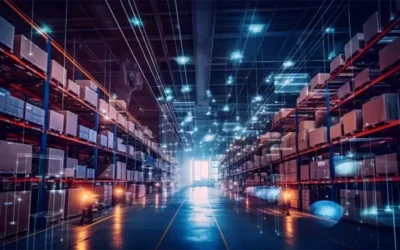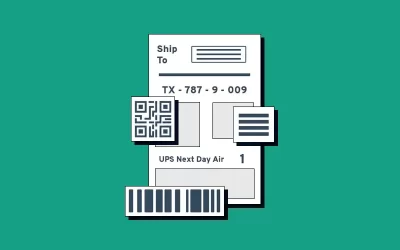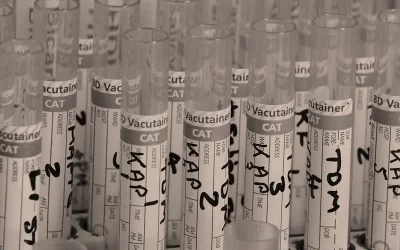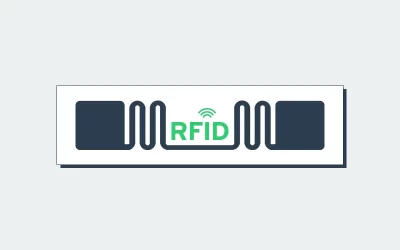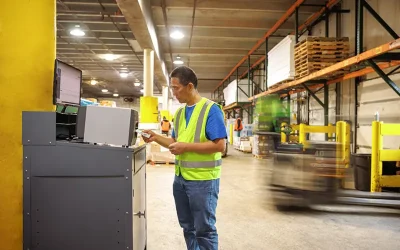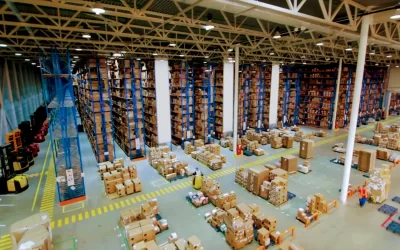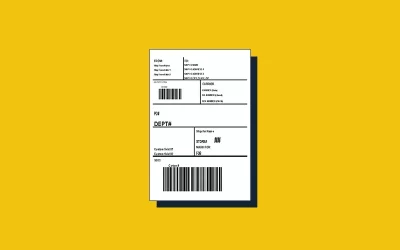RFID and Barcode Blog
Why Inventory Tags are Important for Inventory Tracking
As supply chains become more complex efficient inventory tracking is a linchpin for operational success. As companies grow and expand, the management of inventory becomes increasingly complex, making precision and accuracy critical. One indispensable tool in the...
Medical Device Labeling
One of the most complex and highly regulated industries is healthcare. For that reason, proper labeling of medical devices is not just a requirement; it’s a critical aspect that ensures patient safety, regulatory compliance, and effective communication among...
Barcode Label Printing 101
There are so many different ways organizations are trying to attain competitive advantages these days. Process digitization, automation, and even deploying AI are common tools used to improve operational functionality. But in today's fast-paced business environment,...
What is Fixed Asset Management?
Every organization must take responsibility for managing its fixed assets. Tracking machinery, safeguarding IT gear, or managing vehicles requires visibility. Therefore, knowing what you own—and where—is essential. However, traditional methods of asset tracking, like...
What You Need to Deploy a Barcode Labeling System
Barcode labeling systems are one of the main operational mechanism that keep modern supply chains fast and nimble. But a lot of companies may be carrying out their labeling and barcoding inefficiently. This makes for throttled operations, and can also leave companies...
How to Deploy Conditional Label Printing
Conditional label printing is a dynamic solution that empowers organizations to customize labels based on specific criteria, optimizing accuracy, efficiency, and compliance. This process is particularly valuable in industries like manufacturing, logistics, healthcare,...
On-Premise Label Printing Software Benefits
Label printing is a critical aspect of operations for businesses across various industries. From manufacturing and logistics to retail and healthcare, accurate and efficient labeling is essential. On-premise label printing software offers a powerful solution for...
RFID Underground: Enhancing Safety in the Utilities Industry
The utilities industry, encompassing services like water, gas, and electricity, forms the backbone of modern society. And, much of the critical infrastructure that enables these services remains hidden beneath the earth's surface. This subterranean network of...
How a Medical Equipment Tracking System Works
In the healthcare industry, the efficient management and tracking of medical equipment are critical for providing quality patient care. A robust medical equipment tracking system is the linchpin that ensures that vital instruments, devices, and assets are readily...
Benefits of Using Heat Resistant Labels in Your Supply Chain
Labels play a crucial role in tracking and identifying products as they move through the supply chain. However, in certain industries or environments, standard labels may not suffice. This is where heat resistant labels step in, offering a specialized solution for...
Asset Tracking for Small Business: Efficiency, Savings, and Growth
For small businesses, effective asset tracking can be a game-changer. The ability to monitor and manage assets efficiently can lead to significant cost savings, improved productivity, and better decision-making. In an era of increasing competition and rapidly evolving...
Why Cryogenic Labels are Vital for Biomedical Storage
In the biomedical research and healthcare, the storage and preservation of biological specimens and samples are of paramount importance. Cryogenic storage, which involves extremely low temperatures, is a common method to maintain the integrity of these valuable...
Using RFID for Personnel Tracking
In high-risk environments like warehousing and utilities, personnel safety is not just a priority—it’s a constant challenge. In fact, warehouse workers face injury rates more than double the national average: 5.5 cases per 100 employees, compared to 2.7 cases across...
How to Make RFID Labels
RFID (Radio Frequency Identification) labels are a powerful tool in modern inventory management, supply chain optimization, and asset tracking. These labels use radio waves to communicate data wirelessly, providing businesses with real-time tracking, improved...
How to Use RFID to Build an Art Tracking System
An Art Tracking System is essential for museums and galleries to manage and protect their collections with precision. These systems provide real-time visibility into the location, movement, and condition of each piece—whether it’s on display, in transit, or in...
CYBRA Wins Case Study Competition with Air Labeling Solution for Pharmaceutical Cold Chain Logistics
CYBRA’s MarkMagic® barcode label software solution receives an award recognizing trailblazers in automatic identification and data capture technologies. CYBRA Corporation, the developers of MarkMagic® barcode labels, RFID tags, and electronic forms software, has been...
How RFID Helps with Cold Chain Management
In today's interconnected and globalized world, the transportation and storage of temperature-sensitive goods, such as perishable foods, pharmaceuticals, and vaccines, have become essential but challenging tasks. Ensuring that these products maintain the required...
What are Thermal Labels?
Labels play a crucial role in various industries, serving as an informational bridge between products and consumers. Among the diverse array of labels available, thermal labels stand out as a widely used and efficient option. These labels are designed for specific...
How to Deploy Labels on Demand for Your Supply Chain
For modern supply chains, speed and accuracy are everything. Yet a large portion of warehouses still rely on batch label printing—leading to wasted labels, costly errors, and slowdowns on the floor. On-demand label printing is changing that. By printing labels exactly...
Active RFID
Active RFID uses battery-powered tags to continuously transmit data, enabling real-time tracking over long distances. Let’s explore how it is used in logistics, manufacturing, and healthcare to monitor assets, inventory, or personnel, providing enhanced visibility and...
What is a UCC-128 Label?
In the world of logistics and supply chain management, efficient tracking and identification of products are essential. To streamline this process, the Uniform Code Council (UCC) developed the UCC-128 label, a standardized barcode label system that has become integral...















 RFID Cage
RFID Cage


